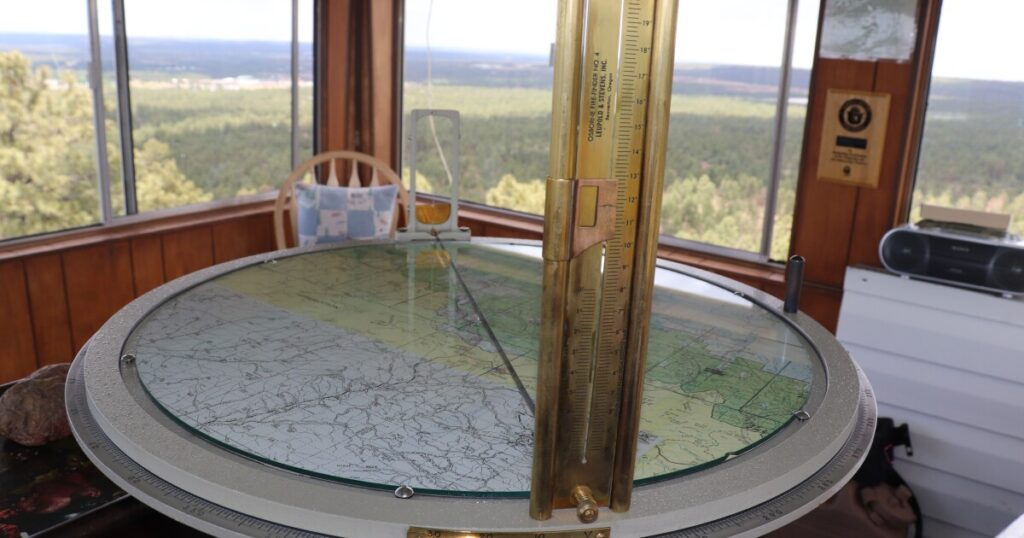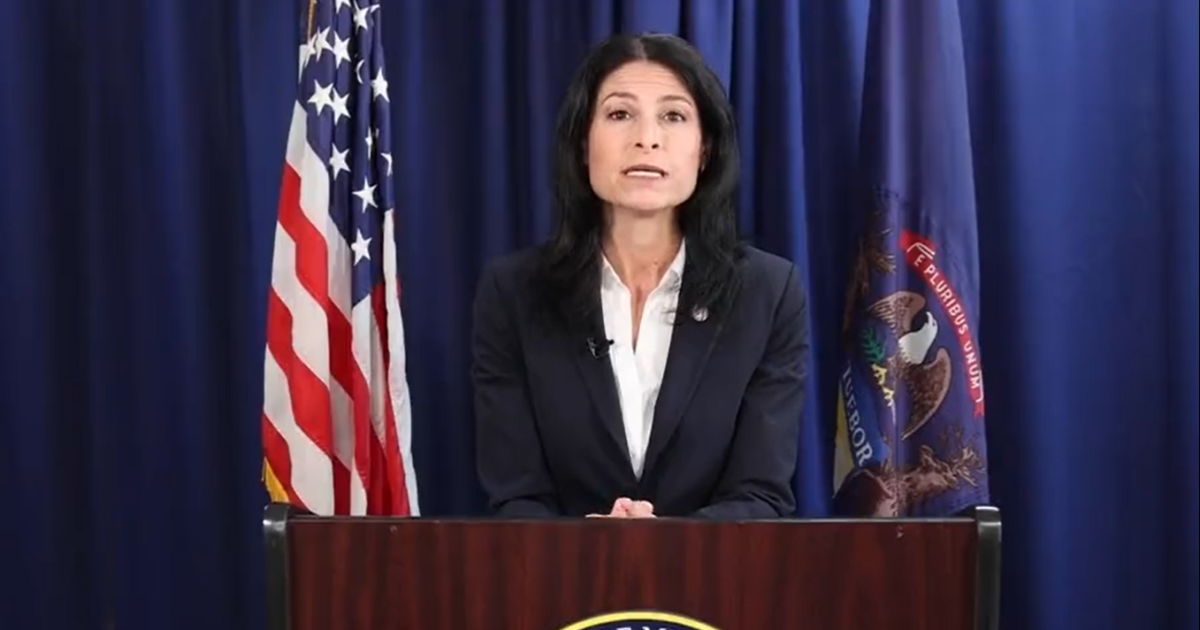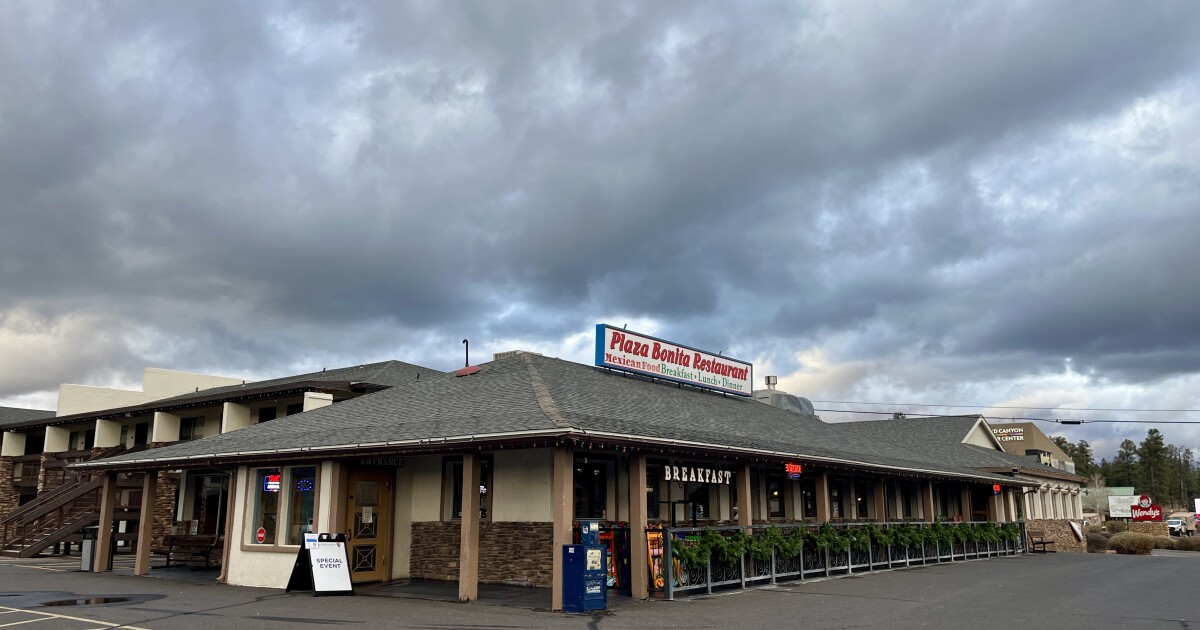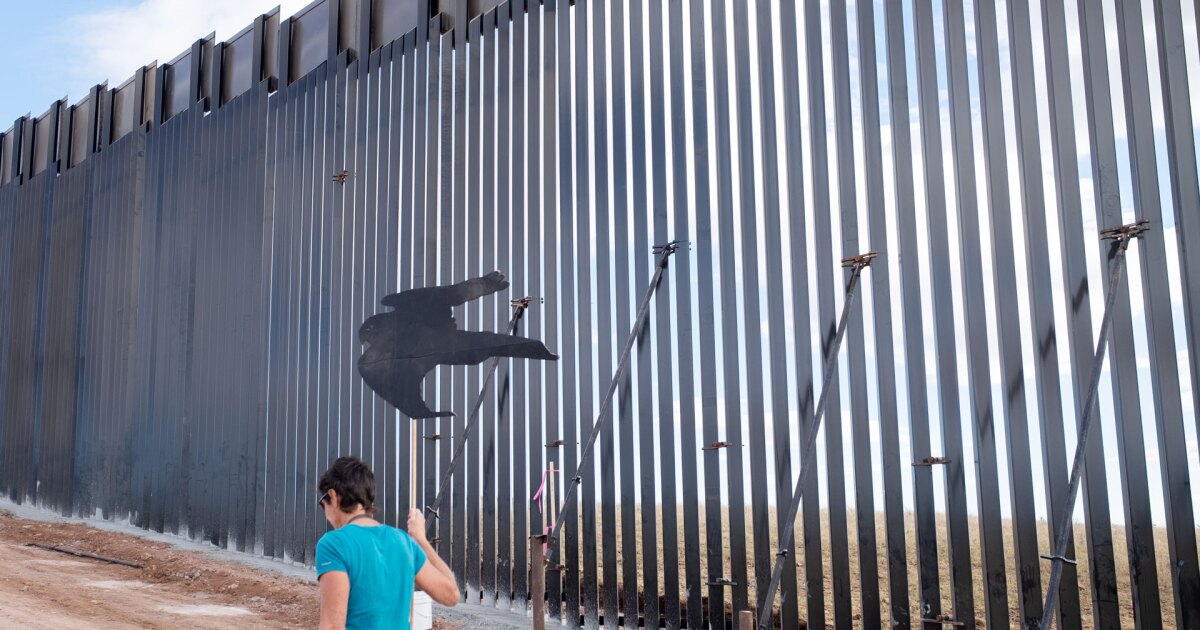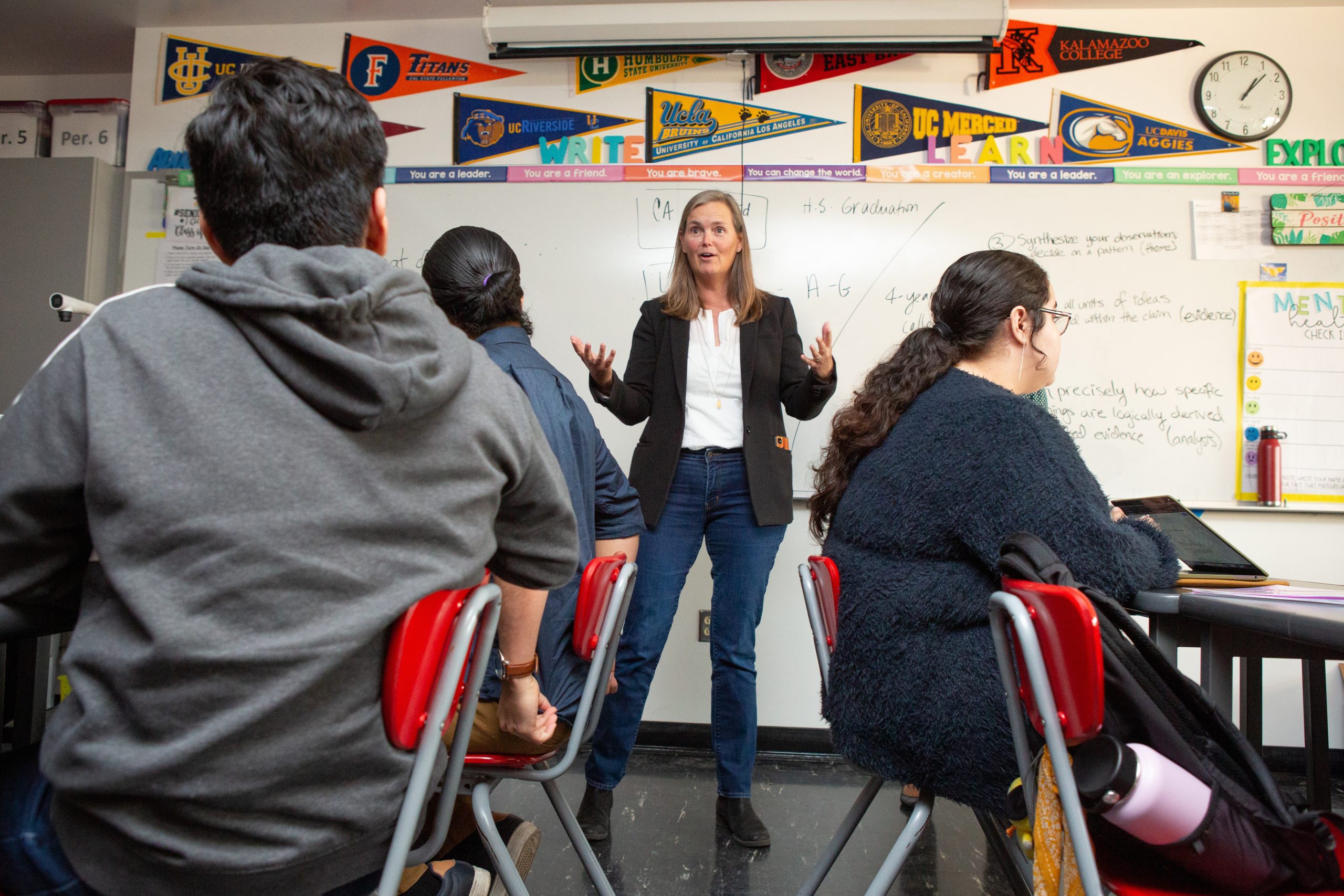Advanced AI Cameras Join Fire Watch in Arizona’s Forests
In the dense stretches of Arizona’s Coconino National Forest, a new wave of technology is taking root. AI-powered cameras are being introduced as an innovative tool for fire detection, sparking mixed reactions among those who have long relied on human vigilance.
For many, like Jane Croxen, the role of a fire lookout is more than just a job; it’s a family tradition. With her grandfather being one of the earliest lookouts in Arizona’s national forests, Croxen describes the experience as “addictive,” sharing, “It kind of gets into a person’s blood and their soul.”
Perched 30 feet above ground in her fire tower, Croxen enjoys the solitude and the sweeping 360-degree views. The task is crucial, as human lookouts have the skill to interpret fire characteristics by observing smoke colors and wind patterns.
Despite the vital nature of this work, the number of fire lookouts has sharply declined from its peak in the 1950s, supplanted by technological advancements, including the latest AI-enabled cameras.
In the field, Brian Kelley from Arizona Public Service uses his laptop to examine potential fires, supported by 16 AI cameras recently installed to safeguard areas with powerlines. These cameras deliver a fresh panoramic image every minute, allowing Kelley to spot issues like a potential illegal campfire.
Though the cameras can mistakenly identify diesel fumes or dust as smoke, Kelley notes their learning capability. “It’s really neat what they do. They’ve even detected fires at night through infrared,” he remarks.
PanoAI, operating in 11 western states, confirms smoke sightings through human verification before sending alerts with precise GPS coordinates to responders. Fire officer True Brown appreciates the 24/7 availability of these cameras, noting their growing role in fire detection and response strategies.
However, Brown acknowledges the irreplaceable value of experienced lookouts, who can offer precise guidance based on deep familiarity with the forest. Longtime lookout Zeyn O’Leary, from his tower in Oregon, questions the rush to technology, observing that human lookouts often outperform cameras in speed and range of fire detection.
Despite the high cost of $50,000 annually per camera, comparable to a lookout’s salary, O’Leary feels that lookouts aren’t given a fair chance. “There’s a point where you have to say, okay, fair enough, I was beat fair and square, it was a fair fight,” he says. “But I don’t feel the fire lookouts are getting a fair fight.”
While acknowledging that technology will eventually surpass human ability, O’Leary insists that the transition isn’t complete yet, and many available towers remain unstaffed. The pressing question remains: how best to ensure rapid fire detection to safeguard these vital lands.
—
Read More Arizona News

